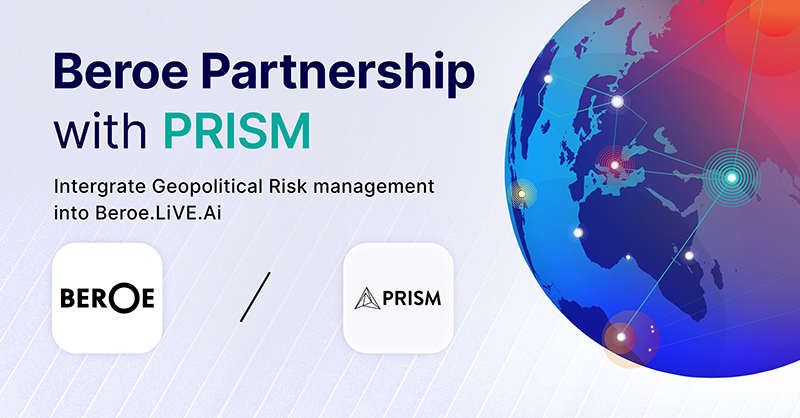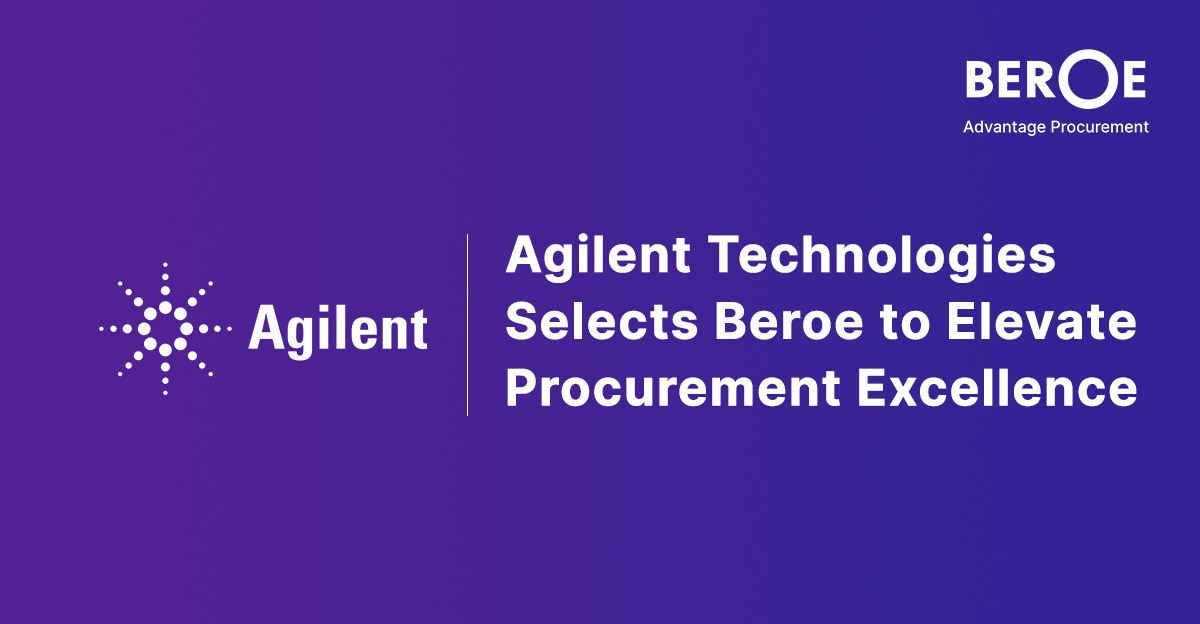Titanium Dioxide Market to Reach $18 Billion by 2022
Source: PR Newswire
RALEIGH, North Carolina, September 26, 2019 - The global market for titanium dioxide is expected to grow at a CAGR of 4 percent until 2022, according to Beroe Inc, a procurement intelligence firm. The current installed capacity for titanium dioxide is estimated to be 6.90 MMT, with a demand of 5.84 MMT. The demand is mainly driven by the automobile and construction sectors.
APAC has the largest market share of titanium dioxide at a global level, accounting for 44 percent of the market, followed by EU at 29 percent, North America at 23 percent and the Middle East at 3 percent. The highest regional growth rate for titanium dioxide is in APAC and the Middle East, both projected to have a growth of 4 percent each.
https://www.beroeinc.com/category-intelligence/titanium-dioxide-market/
Beroe, which is based in North Carolina, further stated that procurement experts can access this report on its recently launched market intelligence platform Beroe LiVE: live.beroeinc.com
Based on applications, paints and coatings are the single largest end-user segment for titanium oxide, accounting for approximately 63 percent of the global demand, and the sector is expected to grow at a rate of 3.2 percent until 2021. The second largest demand is from plastics (19 percent of the demand), followed by papers (9 percent).
So far, there are no substitutes for titanium dioxide that would be economical to produce in large scale. Over the years, other alternatives have only managed to replace 5 percent of the market, driven by specialty-grade requirements. Increasing environmental regulations in the titanium dioxide market have resulted in plant closures and these rules are expected to become more stringent in the next few years.
Key Findings:
- Globally, about 50 percent of titanium dioxide is procured through contractual arrangements, with the rest being procured in the spot market.
- Setting up sulfate process plants is highly regulated in North America and Europe, therefore, top producers have set up sulfate process plants in the APAC region to take advantage of the demand for anatase-grade titanium dioxide.
- APAC suppliers have an advantage of 30–40 percent lower feedstock prices compared to Europe and North America.
- In high-volume orders, cost components, like utility costs, and process chemicals can be used as negotiation points with global players, as these costs vary in each region, in addition to the feedstock cost.
- More than 40 percent of the global titanium dioxide capacity is controlled by the top four producers from the US and Europe. The rest of the market is highly fragmented, with a large number of small to large-scale producers.
- Photovoltaic cells, electronics, and research intermediates have emerged as new demand avenues for titanium dioxide. Though the current volume is less, it is expected to improve in the future.
The research methodology adopted for the report included:
- Experts with twenty years of domain experience
- Interaction with buyers
- Inputs from supply chain partners
The chloride process is used for around 53 percent of the production of titanium dioxide, whereas the sulfate process is used for the remaining 47 percent. Around 95 percent of the capacity in North America and more than 70 percent of capacity in Europe are based on the chloride process while 98 percent of the Chinese titanium dioxide capacity is based on the sulfate process.
The report also includes:
Market Analysis:
- Global Market Outlook
- Current Market Size
- Demand–Supply Trends and Forecast
- Key End-use Industries
- Trade Dynamics
- Regional Market Outlook (North America, Europe, APAC, and the Middle East)
- Current Market Size
- Demand–Supply Trends and Forecast
- Key End-use Industries
- Trade Dynamics
Industry Analysis:
- Industry Outlook (North America, Europe, APAC, and the Middle East)
- Drivers and Constraints in the Industry
- Mergers and Acquisitions
- Porter’s Five Forces Analysis
Cost & Pricing Analysis:
- Cost and Price Analysis (North America, Europe, APAC, and the Middle East)
- Cost Structure Analysis
- Cost Drivers
- Price Forecast
Supplier Analysis:
- Key Global and Regional Suppliers
- Key Supplier’s Capability Analysis
- Capacity
- Product Portfolio
- Expansions
- Geographical Footprint
- Supplier Market Share: Global
- Detailed Profiling of Top Five Global Suppliers
- SWOT Analysis
- Financial Risk
Industry Best Practices:
- Single vs. Dual Sourcing
- Pros and Cons
- Contract Models
- Engagement Practices
About Beroe Inc.:
Beroe is the world's leading provider of procurement intelligence and supplier compliance solutions. We provide critical market information and analysis that enables companies to make smart sourcing decisions—leading to lower costs, greater profits and reduced risk. Beroe has been providing these services for more than 13 years and currently works with more than 10,000 companies worldwide, including 400 of the Fortune 500 companies.
To learn more about Beroe Inc., please visit: http://www.beroeinc.com
Media Contact:
Rob McMurtrie
rob.mcmurtrie@beroe-inc.com
Related News
View all
Beroe introduces on-demand geopolitical risk analysis through PRISM enabling C-Suite to protect against ongoing supply chain disruptions

Beroe and Upply Combine their Expertise to Revolutionize Logistics Solutions
